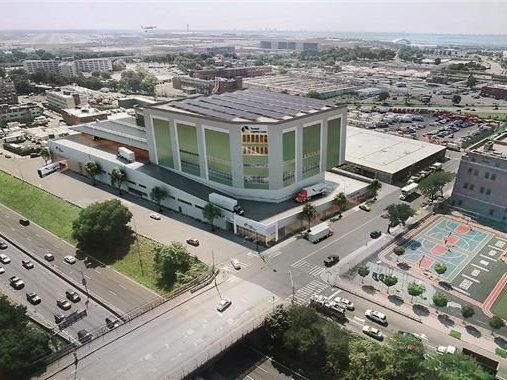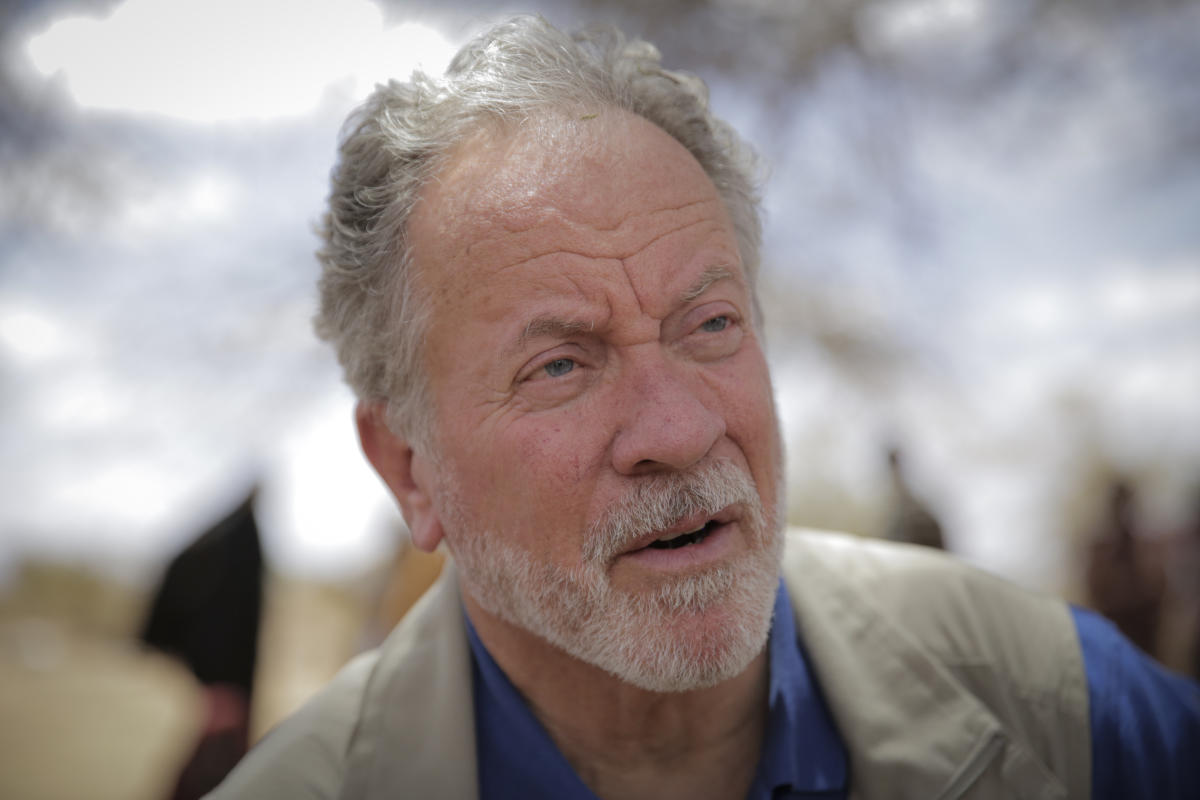Election-spotting is a common pastime on Mumbai suburban trains. Commuters have devised a back-of-the-envelope indicator for predicting timing of elections: when Maharashtra’s ruling government frantically tries to close multiple real estate deals in Mumbai. This barometer seems to be indicating another imminent round of elections, going by the state government’s aggressive intervention in real estate deals. Three examples stand out.
One, the government is trying to bully the Royal Western India Turf Club (RWITC), lessee of Mumbai’s famous Mahalaxmi race course, to relinquish part of its 225-acre verdant area. The authorities, ostensibly, want to build an amusement park in the centre, by appropriating 120 acres. The government, acting through the municipal corporation, has issued a fait accompli to RWITC, making its lease renewal contingent on the deal being accepted by its members. RWITC has now called for an extraordinary general meeting on 30 January, asking members to authorise the committee members to sign the deal with the municipal corporation and the state government.
The government’s promise that the construction, proposed in the middle of the open space, will not impede the view of the circular race track has met with scepticism. It is well known how the Maharashtra government of 2001 amended the Development Control Rules of 1991 to allow textile mill owners to side-step the original rules. The original rules had mandated that textile mill owners wishing to redevelop mill land had to allow use of one-third land as open space, one-third for development of affordable housing and the balance one-third for commercial development. The 2001 amendment surreptitiously allowed mill owners to distribute the land as per 1991 rules only in existing “open space” on which there was no construction. This came as a bonus for mill owners who have subsequently constructed luxury malls, seven-star hotels and premium condominiums on this land.
Incidentally, during his tenure as the state’s chief minister, Devendra Fadnavis in 2016 had promised to take mill owners to task for this bending of rules; seven years down the line, not only has a single mill owner been prosecuted but his coalition government is now actively seeking to monetise the city’s open spaces. Therefore, there’s growing concern that the government’s initial entry into RWITC could lead to eventual full acquisition of the 225-acre site.
The government’s bid to appropriate RWITC land is being given another spin: it is reclaiming land designed for the exclusive use of Mumbai’s privileged gentry and giving it back to the city’s citizens. This argument is a bit of a stretch because the RWITC grounds are used by thousands of non-members for their daily constitutional as well as by hundreds of youngsters to learn horse riding. The government’s track record in preserving open spaces is actually quite spotty. In fact, a citizen who uses the RWITC grounds regularly has petitioned the Bombay high court asking for a stay on the deal.
Another rushed land development plan that has got citizens up in arms is located in the Bandra Reclamation area, which is close to the iconic Bandra-Worli Sea Link. The government plans to convert a 28-acre open, reclaimed land parcel into a commercial and residential space, although extant rules do not allow any fresh construction on land reclaimed from the sea. According to protesting local residents, this plot of land was reclaimed for construction of the sea link and the environmental clearance was granted on the condition that it would not be used for commercial or residential purposes. They claim that they were promised that a park would come up in that open space.
There is more than meets the eye, according to media reports, behind the government’s eagerness to develop this plot of land. According to a 19 January report, city builders aspiring to get a piece of the action have been complaining that the eligibility norms and tender bid conditions seem designed to favour only a few chosen construction conglomerates.
The third desired plot of land lies in Mumbai’s eastern suburb of Ghatkopar. A 8,600-square-metre park (slightly over 2 acres), which houses close to 10,000 trees, is being coveted by the municipal authorities for turning half the property into a cemetery and the other half as a hospital. The park has been fashioned as a Miyawaki plantation, a method which requires planting two to four indigenous tree species per square metre, made popular by Japanese botanist Akira Miyawaki. Local residents have been protesting this unilateral and arbitrary land acquisition by the municipal corporation by launching a “chipko movement”, a form of protest against deforestation made popular by environmental activist Sunderlal Bahuguna who hugged trees to save them from the lumberjack’s axe.
The Maharashtra government, impelled by the need to spur economic activity after the pandemic and compelled by coalition demands, has been overly liberal in granting construction permits.
Rising citizen protests over the city’s worsening pollution forced the municipal commissioner to concede in a press conference that the authorities had permitted 6,000 new constructions, with most of them in progress at the same time and in breach of anti-pollution measures or safety rules. This is on top of the city’s unending metro rail and coastal road construction activity, apart from random demolition of the city’s old bridges and unplanned construction of new flyovers.
The reason behind the desperate real estate and construction activities, as well as granting sweetheart deals to real estate developers, just before the elections is well-known. But somebody should occasionally also spare a thought for the city’s residents.















